
Polarized Training Pathway
In collaboration with Dr. Stephen Seiler, the “father of polarized training,” we have curated everything you need to know about the 80/20 training method.

Cycling training is a science and an art. How endurance athletes train, when they train, and the intensity and duration of that training all affect the gains and adaptations they see.
Proper interval execution is essential to see the expected progress. How you analyze and interpret all that data is equally valuable. Of course, training needs to be planned so it fits into any given season, race schedule, and lifestyle. Off the bike, the importance of strength and conditioning is often neglected.
This is training. This process is what athletes live for.

In collaboration with Dr. Stephen Seiler, the “father of polarized training,” we have curated everything you need to know about the 80/20 training method.
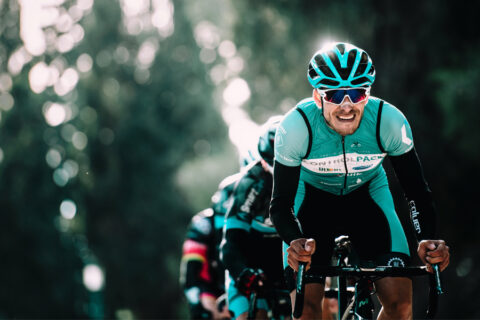
Interval workouts are a fundamental part of any endurance training program. Learn exactly what intervals are, why they are so important, and how to properly execute interval workouts with the help of Sebastian Weber, Neal Henderson, and Dr. Stephen Seiler.
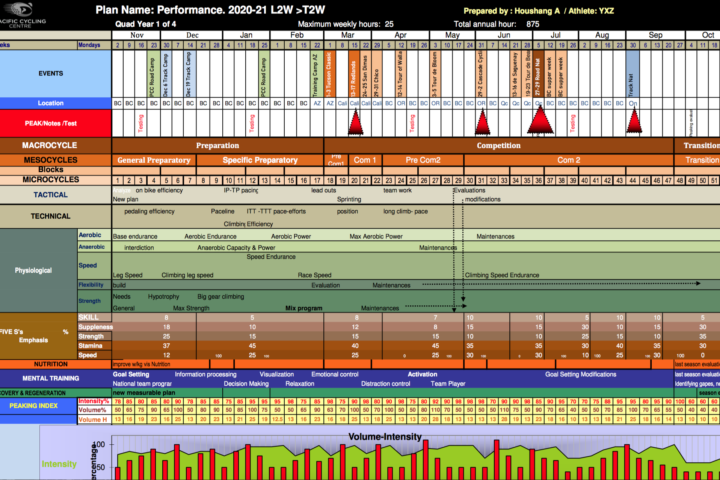
We review the art and science of developing and maintaining an annual training plan, which helps athletes progress and perform at their best.
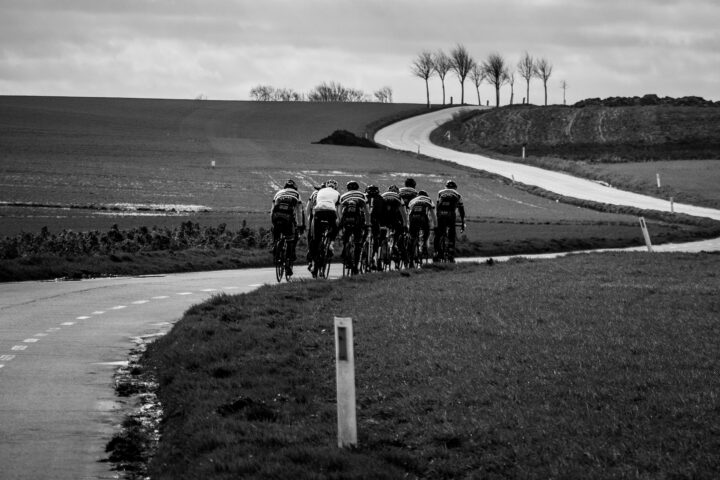
It’s hard to find time to fit in the long, slow miles that traditionally comprise the base season. Coach Trevor Connor offers suggestions for improving life-training balance, understanding quality versus quantity, and more.

Increasing your mileage may also lead to an increase in knee pain. Learn about runner’s knee and how you can alleviate your pain at home.

This short HIIT session can be used by cyclists or runners to work on power without putting too much stress on the body.
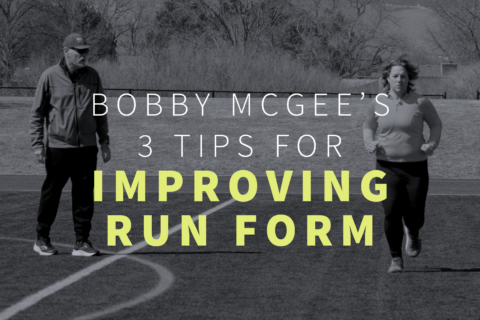
He’s coached Olympic and world champions—and in this video he gives his key tips that athletes of all abilities can follow to improve their running.
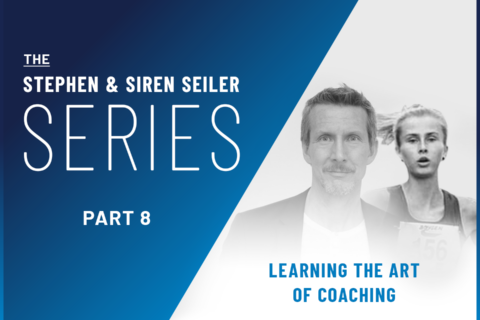
Siren Seiler talks about the lessons she’s learned from life as an athlete that she’s transferring to her role as a coach.

For distance runners unable to do high-intensity aerobic intervals, Dr. Stephen Seiler suggests adding strength and speed work.